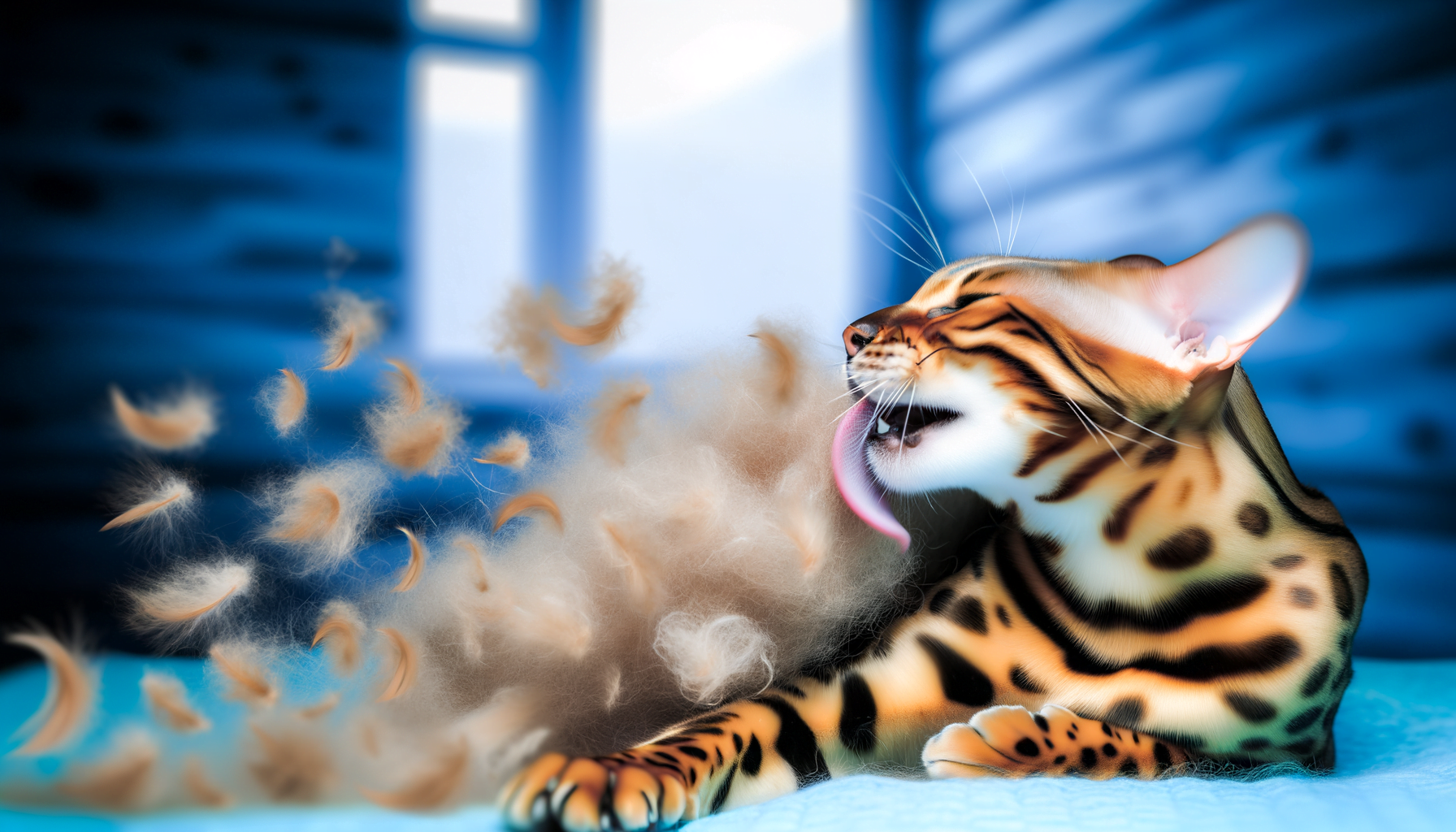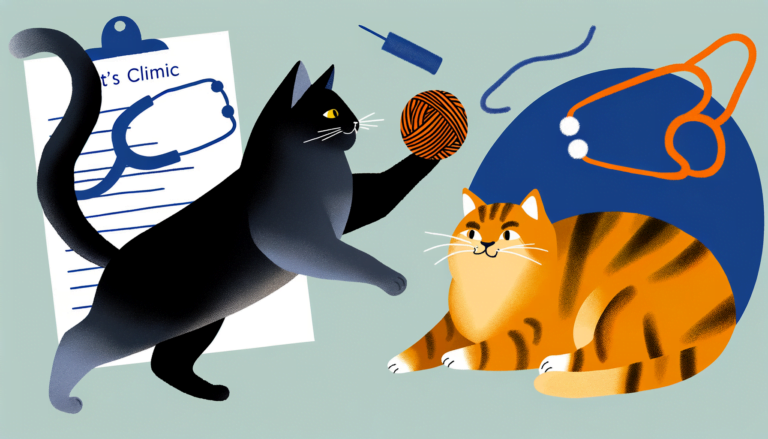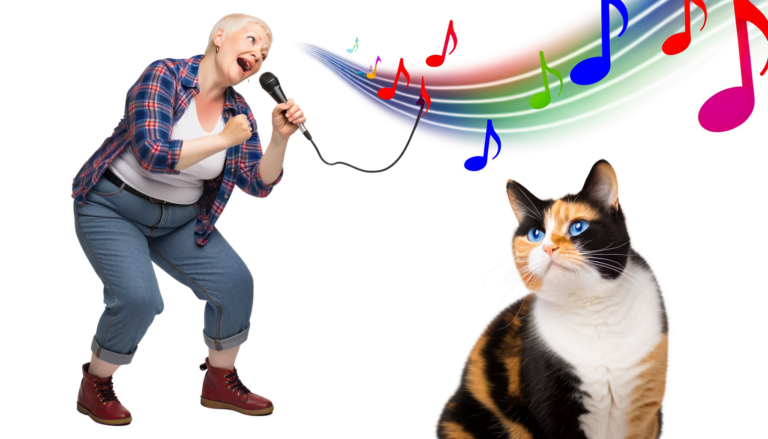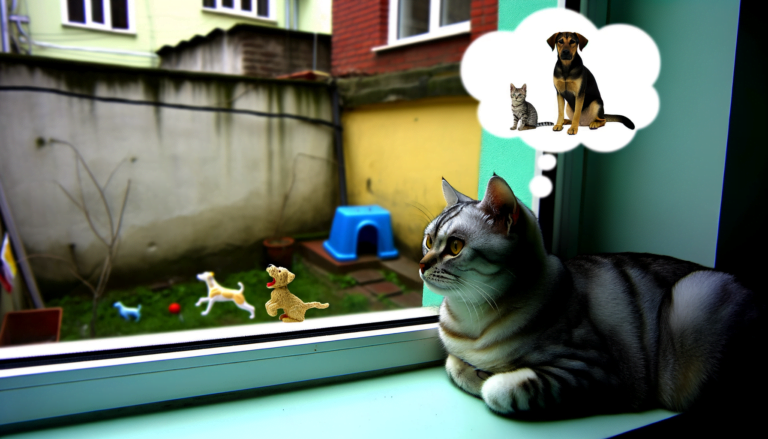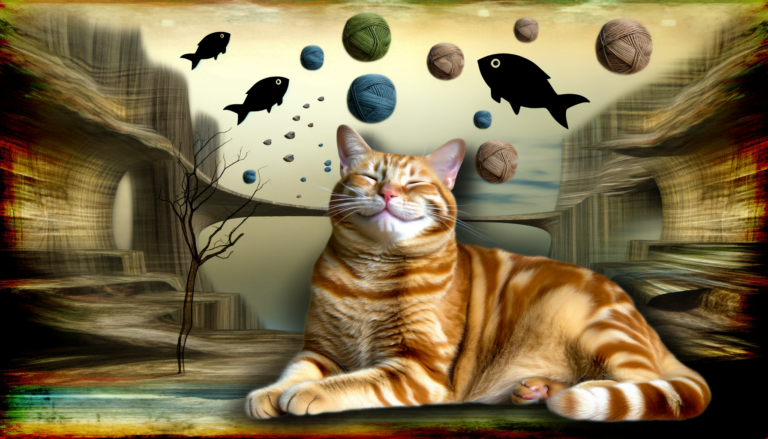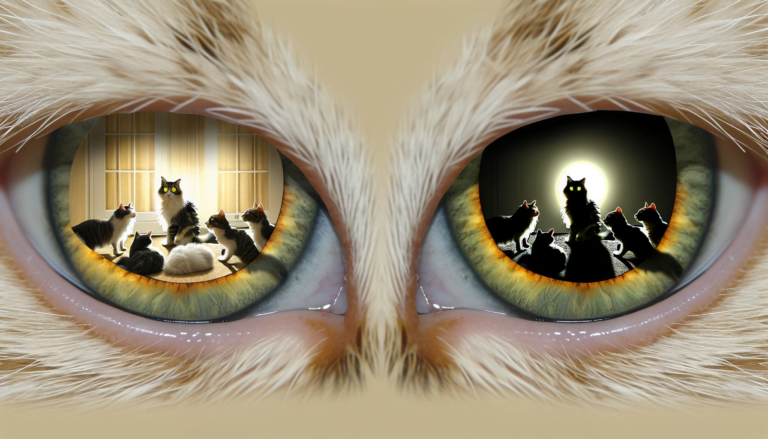Unveiling the Truth: Do Bengal Cats Really Shed?
Yes, Bengal cats do shed, albeit less frequently than many other breeds. Their uniquely fine and dense fur is less prone to shedding, making them an appealing choice for individuals who have minor concerns about cat allergies or who wish to minimize cat hair around the house. Nevertheless, like all cats, Bengals naturally lose and replace hair, so some shedding should be anticipated. Regular grooming can help manage this and keep your Bengal’s coat healthy and gleaming.
Factors That Influence Shedding in Bengal Cats

Bengal cats, known for their vividly patterned fur and agile movement, do shed, but certain factors can influence the frequency and volume of this process. One such element is the cat’s diet. Bengal cats are obligate carnivores, therefore, a diet rich in high-quality proteins can lead to a healthy coat and less excessive shedding. Additionally, proper hydration can also play a crucial role in maintaining the health of their exquisite fur.
Age also influences shedding patterns in Bengal cats, with kittens often shedding their soft ‘baby fur’ as they mature. Moreover, seasonal changes can also incite a subtle increase in shedding, with somewhat more fur loss in warmer months. Remember, despite these normal factors, excessive or unusual shedding might be an indication of underlying health issues, such as allergies or skin conditions.
The cat’s stress levels can contribute to changes in the shedding pattern. Changes in the environment or household routine can result in increased stress, thereby leading to increased shedding. It’s key to keep their environment stable and comfortable. While all Bengal cats will shed, taking these factors into account can help manage this aspect of their upkeep.
Comparison of Bengal Cat Shedding to Other Breeds
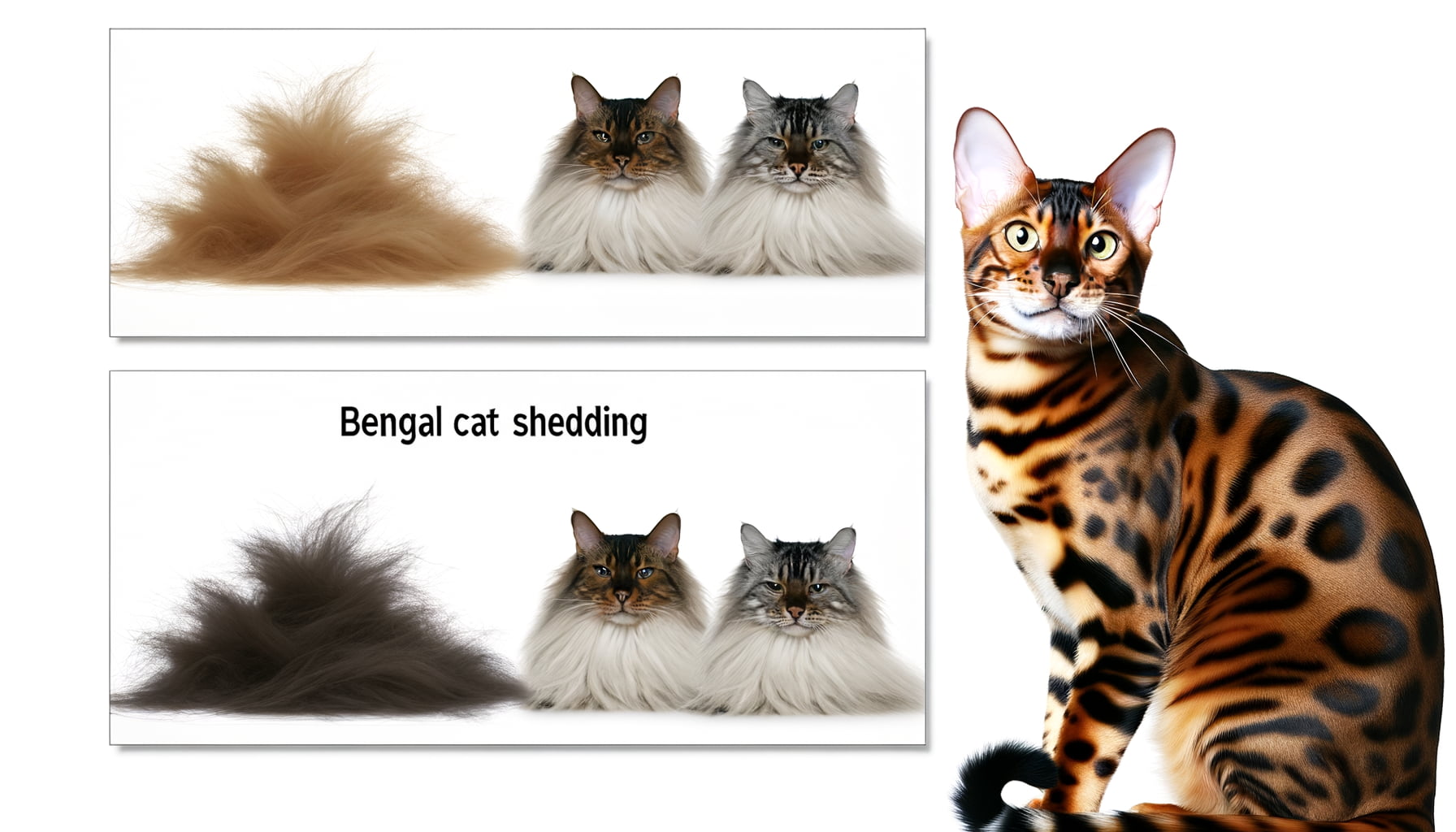
While all feline species shed fur to some degree, the extent of their shedding can vary widely among different breeds. Bengal cats, being a distinct breed, have unique shedding tendencies. They possess a dense, sleek pelt that sheds less compared to many other cat breeds. This trait makes them particularly appealing to potential cat owners with allergies or those who don’t relish the idea of constant cleaning due to fur shedding.
Comparatively, the Maine Coon and Persian breeds experience substantial shedding due to their long, thick coats. Alternatively, the Sphynx cat, being hairless, provides the least shedding concerns. However, this comes with its own grooming demands due to skin care. The Siamese breed, on the other hand, also has short, fine fur like Bengals, but may shed more because of their double-layered coat.
In contrast, Bengal cats carry a single-layered coat that results in less shedding. Despite these differences, external factors like diet, weather, and overall health can affect any cat’s shedding pattern. Hence, generalized shedding comparisons among breeds are indicative rather than absolute. Potential owners should consider these factors to ensure they can provide appropriate care regardless of the breed chosen.
Tips to Manage and Reduce Shedding in Bengal Cats
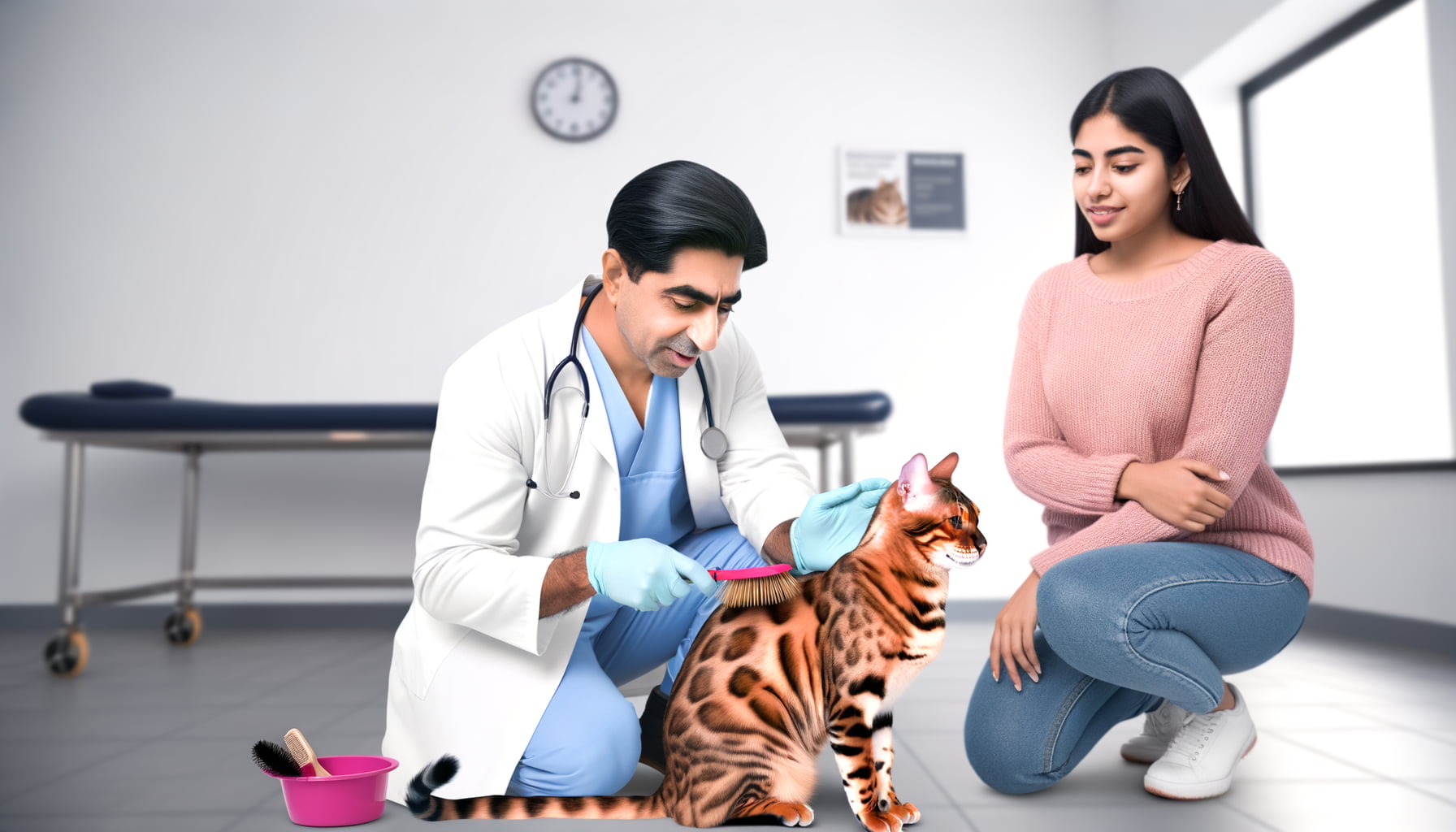
Managing and reducing shedding in Bengal cats entails consistent grooming, dietary adjustments, and maintaining a balanced indoor climate. Regular brushing is essential. Using a brush specially designed for short-haired cats can effectively remove loose fur and decrease shedding. Brushing also stimulates the skin, promoting a healthier coat.
Diet plays a significant role in your Bengal cat’s skin and fur health. Offering a diet rich in high-quality protein sources, Omega-3 fatty acids, and other necessary nutrients can greatly enhance their coat quality, subsequently reducing shedding. Vet-approved supplements could also provide further nutritional support, if necessary. However, always check with a veterinarian before altering your cat’s diet or adding supplements.
Lastly, maintain a balanced indoor climate. Both heat and dry air can contribute to increased cat shedding. To keep the indoor atmosphere comfortable, consider using a humidifier. This will help keep your Bengal’s skin hydrated and their coat healthy, leading to less shedding. Remember, diligent and consistent care is the effective way to manage and decrease shedding in Bengal cats.
Understanding Bengal Cat Fur: Texture and Shedding Traits
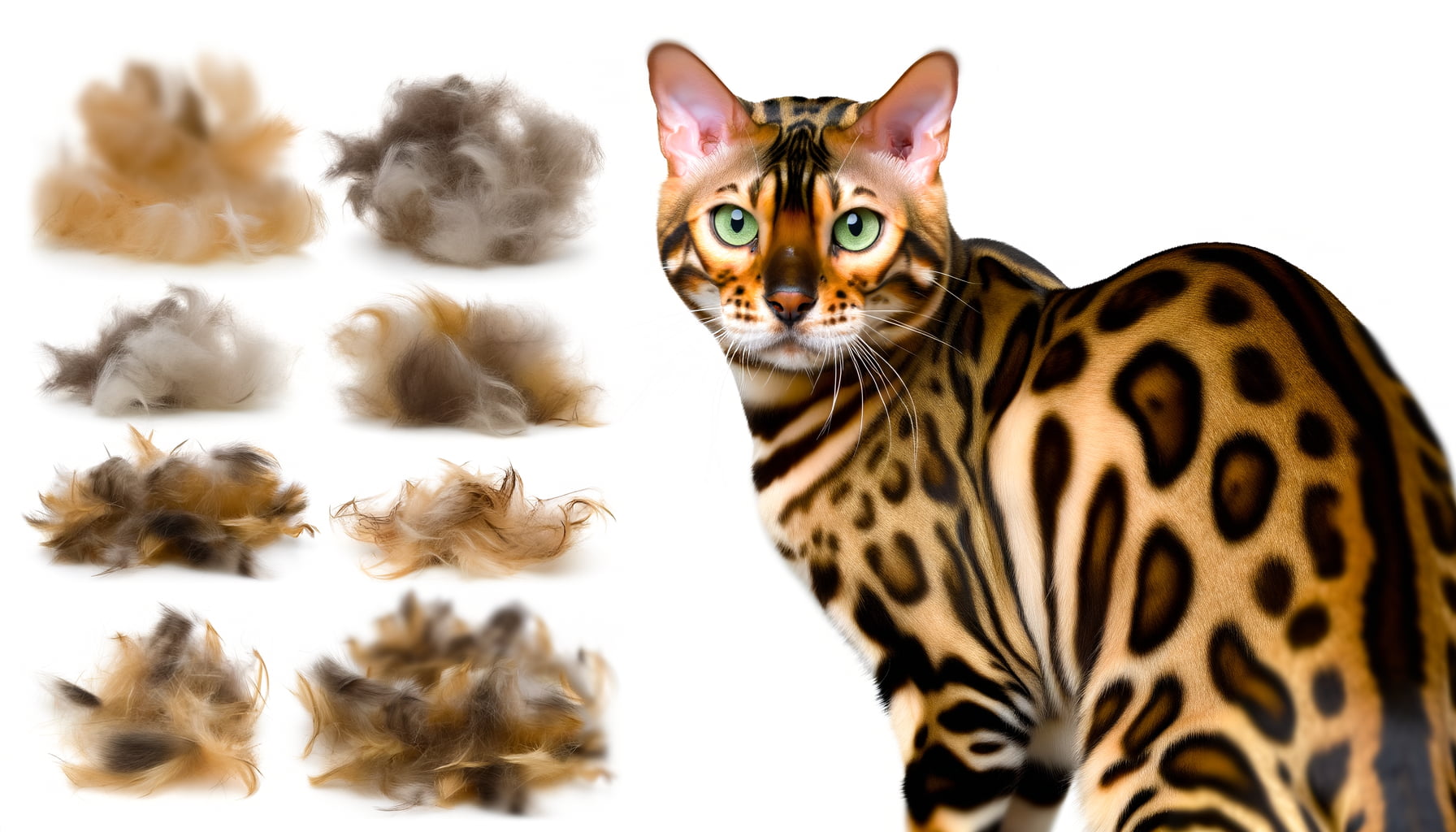
Bengal cats are renowned for their lustrous and unique fur coats, which resemble that of their wild ancestors. The texture of their fur is surprisingly pelt-like, soft, and plush; these attributes owe much to the cat’s lineage. While all cats shed, the shedding pattern of Bengal cats is distinctive due to their unique fur.
Their shedding traits are quite different from other breeds. What one may observe is that Bengal cats typically shed less than other domestic cats. Yet, they still go through a shedding cycle just like other breeds. This breed tends to have “moulting periods” where they will shed more heavily, commonly during change of seasons. Nonetheless, this shedding habit does not translate into a hair-covered home because, unlike other breeds, the fur of Bengal cats is less prone to floating in the air.
The fur shedding process also serves a practical purpose for these cats. It can act as a form of temperature control. When it gets warmer, Bengals will shed their fur to cool down. In colder months, they develop a thicker coat to retain warmth, which naturally leads to more shedding. In essence, the complexity and intriguing variability in Bengal cat’s fur shedding underline the breed’s distinctiveness in the domestic cat world.
Conclusion
After delving into the shedding habits of Bengal cats, it becomes clear that these beautiful felines do indeed shed, albeit to a lesser extent than some other breeds. With proper grooming and care, Bengal cat owners can effectively manage their pet’s shedding and enjoy the unique characteristics and charm that these cats bring to their homes.
From shedding to grooming, owning a Bengal cat is a rewarding experience that can bring joy and fulfillment to any cat lover. Understanding and embracing the shedding habits of Bengal cats is just one step in the journey of caring for these captivating and lovable companions.
